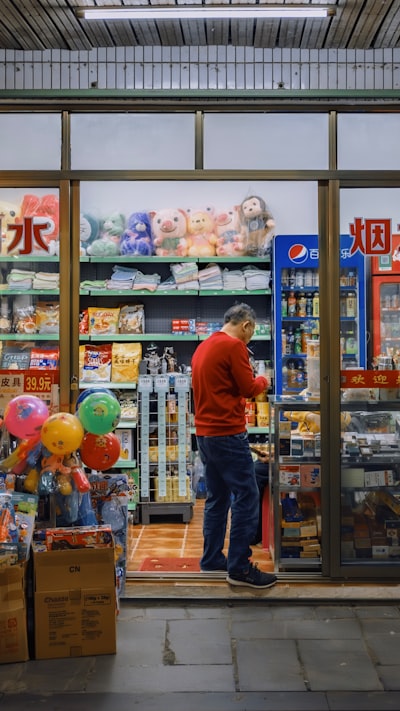Summary
The article highlights the growing American presence and popularity of Pop Mart, a Chinese designer toy brand known for its collectible “blind box” figures. Despite being an import, Pop Mart’s Manhattan location in the Oculus mall is drawing crowds and depleting stock — clear evidence of robust consumer interest. Pop Mart’s appeal has been noted even by China’s ambassador to the U.S., who recently cited the brand as an example of a Chinese company making emotional inroads with American consumers, placing it alongside China’s advances in AI with firms like DeepSeek.
Analysis
Pop Mart’s American surge reflects larger patterns in global consumer culture and economic engagement. Its success is underpinned by several factors: the collectible craze, the experiential novelty of “blind boxes” (where true contents are a surprise), and a broader shift toward niche, design-oriented products. Pop Mart is emblematic of a new wave of Chinese brands not just aiming at low-cost mass production, but at building cultural cachet and emotional resonance abroad.
Significantly, the brand’s visibility in New York, and the ambassador’s public endorsement, suggest a soft-power element at play. Even as U.S.-China relations face substantial political and economic friction, commerce in sectors like toys and lifestyle goods continues to intertwine daily lives and imaginations — sometimes more effectively than official diplomacy.
Yet, there’s context to consider: Western consumer fascination with Asian pop culture (from K-pop to Japanese anime) has paved the way for such crossovers, but success is far from guaranteed. Pop Mart’s momentum might also face skepticism from consumers aware of ongoing geopolitical tensions, or national security debates that have embroiled other Chinese brands (like TikTok). Furthermore, framing this as evidence of harmonious cultural exchange may overlook underlying frictions or the asymmetrical challenges non-Chinese brands face within China’s own market.
Discussion
Pop Mart’s story invites questions about the evolving face of globalization. Can consumer goods bridge divides that politics cannot? Or do they merely offer temporary reprieves from deeper tensions? The shop’s success also reflects the growing appetite for surprise, nostalgia, and identity-formation among young Western consumers, who look for unique experiences in their purchases—a phenomenon visible not just in toys, but in fashion, food, and even tech gadgets.
It is also telling that both toys (Pop Mart) and technology (DeepSeek) are held up by Beijing as examples of China’s new global ambition—balancing cultural influence and traditional innovation. Whether this marks a sustained trend or the novelty of the moment depends on numerous factors: continued consumer curiosity, the brand’s ability to navigate regulatory and political headwinds, and America’s evolving attitudes toward China.
Ultimately, Pop Mart’s U.S. success is less a story of blind chance and more an illustration of how commerce, culture, and diplomacy are deeply interwoven in our globalized age. The enduring question is whether this enthusiasm signals genuine cross-cultural connection, or simply a fleeting fascination with the next collectible craze.

Comments
No comments yet. Be the first to comment!